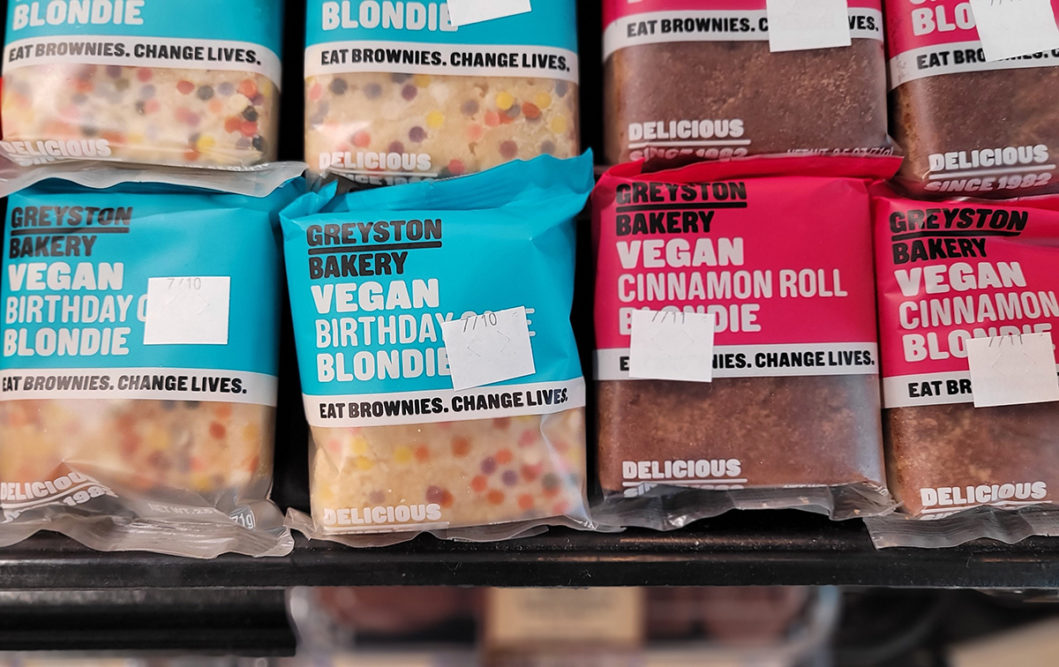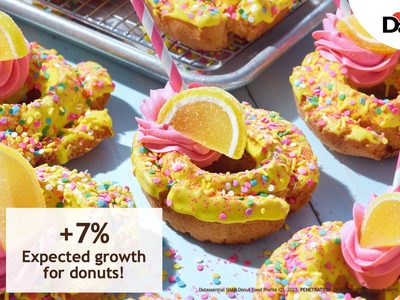In the recent webinar, “How Automation Contributes to Your Sustainability Goals,” executives from SEE (formerly Sealed Air) discussed best practices and strategies for dealing with the all-important issue of sustainability and reducing waste.
Dan Healey, director of marketing, Americas, sustainability, pointed out there are two big lenses from which they look at sustainability: maximizing circularity (anything that ensures packaging materials go back into the system) and minimizing carbon input.
Scott Keefauver, executive director, marketing, equipment and automation, stressed the point that choosing the right packaging is critical. His advice: Don’t overdo it, and don’t underdo it.
Healey urges the industry to look at opportunities in processes to provide a more sustainable solution. Why does the packaging exist? Is it intentional or deliberate? What do I do with the material now?
“And you can choose the most sustainable option, but the consumer may not know,” he cautions. “The solution could be as simple as a QR code that the consumer can scan to learn all about what went into your packaging decisions. The more informed the end user is, the more likely the benefit of recycling is realized.”
Keefauver adds that there are multiple details to address.
“What size box? What type of packaging? One size does not fit all,” he illustrated. ““Simplify processes. Get yourself to a consistent steady pace that is more economical. If I can see what’s happening in the process, I can react to things that matter.
“The biggest change now for the industry is the digital connection piece, telling you this is the action you need to take.”
Traceability
An estimated 1.5 to 2 million facilities, sites, stores, and restaurants need to create and manage food traceability records, according to a recent presentation by Derek Hannum, chief customer officer for ReposiTrak. He points out that this topic is the largest supply chain project in history.
Hannum is responsible for expanding customer relationships, growth and revenue performance including sales, marketing, and customer success. He participated in the recent IDDBA webinar, FSMA 204 – Traceability for Manufactures, Distributors and Suppliers.
FSMA 204 requires trading partners to share traceability data for every shipment of every item on the list. Most companies have no easy way to do this, Hannum explains.
Further, FSMA 204 traceability records must be saved for 24 months, and data records must be retrievable to be shared with the FDA on 24 hours’ notice.
A mandatory traceability record of every shipment of FMSA 204 products must be created at every movement, including distribution centers and retail stores, he said. The traceability record includes eight key data elements: traceability lot code, lot code source reference (identifies where the lot code was created), product description, quantity and unit of measure, ship from location, ship to/receiving location, date of shipment/date of receipt, document type and reference number.
“Manufacturers and suppliers…don’t expect your customers to scan your label or get data from the bill of lading (BOL). The label only has the item data, and high-volume distributors and retailers will not be able to scan it at receiving,” Hannum explains.
The new buzzword: PFAS
The new buzzword across all industries is PFAS: Commonly used chemical additives with countless applications, including flexible packaging. Studies of PFAS have been ongoing for a decade plus, however, recent attention from state and federal legislation have increased public awareness of PFAS and its potential dangers.
At a recent IDDBA webinar, “The PFAS Dilemma: Today’s Hottest Consumer Packaging Issue,” Great American Packaging helped attendees get up to speed on PFAS, its role in food packaging today and PFAS-free alternatives that protect products, processes, people, and the planet.
PFAS are sometimes known as “forever chemicals.” There are 10,000 used in the world, and they are known for their incredible resistance to heat, oil, and other variables. They are commonly used in pizza boxes, paper food wrappers, flexible plastic packaging, and much more.
The carbon–fluorine bond is a polar covalent bond between carbon and fluorine that is a component of all organofluorine compounds. It is one of the strongest single bonds in chemistry. And the damage these forever chemicals can cause include groundwater contamination affecting animals and animal products.
“They do not break down for a very long time,” points out Beth Smith, executive vice president, Great American Packaging. “The study of PFAS is young. You need to ask, Is this in your flexible packaging?”
She has spent the last 16 years learning about flexible films, understanding the packaging requirements of the marketplace and growing the Great American Packaging family.
Dr. Keith Vorst, director, Polymer and Food Protection Consortium, Iowa State, has done extensive work in method and sample preparation development for extractables in packaging materials and novel biobased packaging materials. Dr. Vorst has received awards for most cited research in Integrated Environmental Assessment and Management and Journal of Food Protection. Dr. Vorst has done extensive work in method and sample preparation development for PFAS analysis in packaging materials and novel coating, recycling, and adhesive technologies for multi-layer packaging structures.
In addition to private and Polymer and Food Protection Consortium funding, Dr. Vorst is currently funded by the Institute for the Advancement of Food and Nutrition Sciences (IAFANS), three Department of Energy Grants (DOE), one Department of Defense grant (DOD), and the Food and Drug Administration (FDA) to evaluate recycling of plastic waste.
With so much information available, what steps should you be taking today to protect your products and business? Here’s a good place to start.
Understand what materials are in your packaging.
Work with a knowledgeable packaging supplier to avoid harmful materials.
Test new materials for manufacturability on your packaging line.
Incorporate sustainable alternatives, such as compostable, plant-based or recyclable.
The real focus now is on removing “intentional” PFAS in flexible packaging. In California, Proposition 65 imposed a ban on PFAS. Other states have followed.
“This is not an inconsequential task,” Smith says.
Vorst explains there are currently more than 250 bills on this issue under review in Congress. There are 11 states that have created laws that regulate the use of PFAS, “and that number is growing.” The FDA has established limits for PFAS in products and packaging, he adds.
“There is growing demand for increased transparency,” Vorst says. “The biggest issue we have now is there is no standard test method for PFAS. Procedures are not standards – yet. PFAS has the highest level of concern right now. It will become more commonplace.”
Prop 65
Proposition 65 requires businesses to provide warnings to Californians about significant exposures to chemicals that cause cancer, birth defects or other reproductive harm. These chemicals can be in the products that Californians purchase, in their homes or workplaces, or that are released into the environment. By requiring that this information be provided, Proposition 65 enables Californians to make informed decisions about their exposures to these chemicals. Proposition 65 also prohibits California businesses from knowingly discharging significant amounts of listed chemicals into sources of drinking water.
In October 2023, safe harbor levels, which include No Significant Risk Levels (NSRLs) for cancer-causing chemicals and Maximum Allowable Dose Levels (MADLs) for chemicals causing reproductive toxicity, were established for many of the chemicals listed under Proposition 65.
Proposition 65 requires California to publish a list of chemicals known to cause cancer, birth defects or other reproductive harm. This list, which must be updated at least once a year, has grown to include approximately 900 chemicals.






